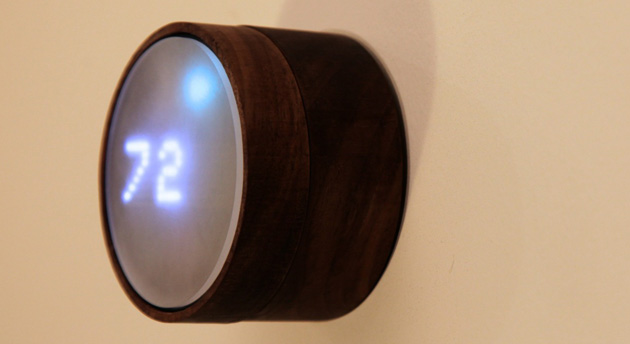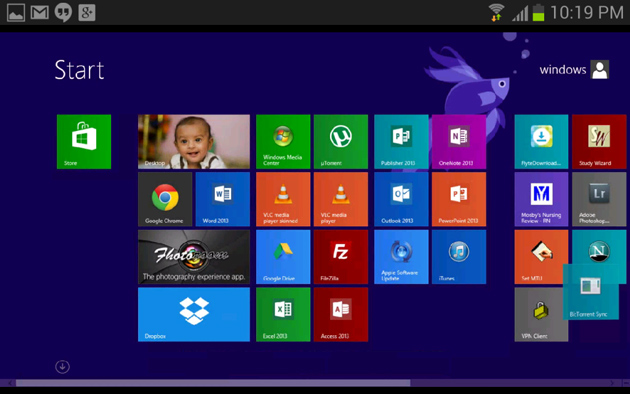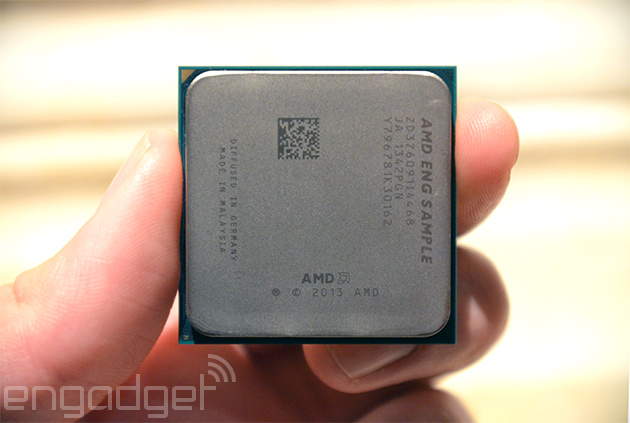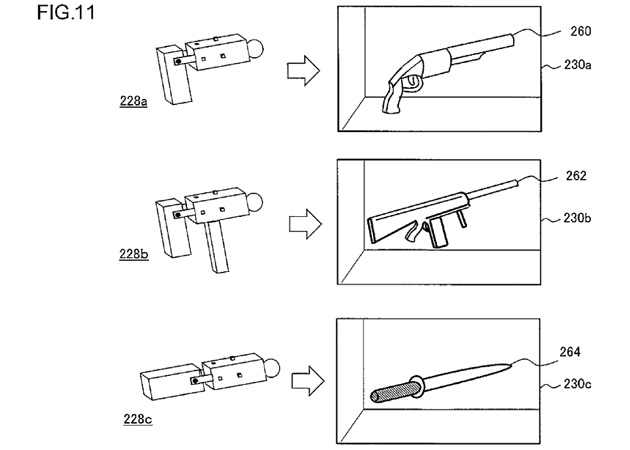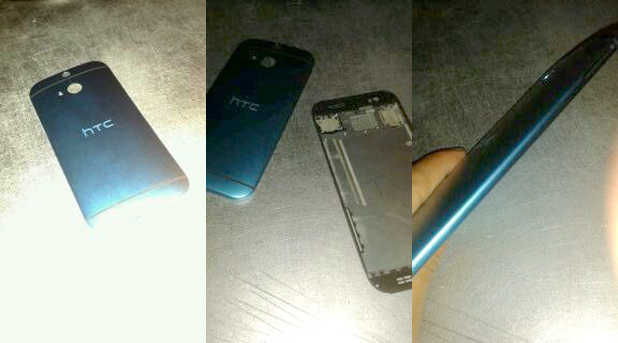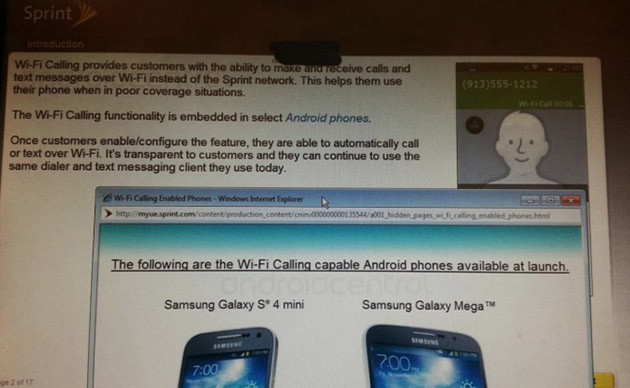It’s been a big week for smart things.
Coming off the heels of CES, this week we learned that Lockitron hasn’t been shipping the majority of their smart lock pre-orders, Nintendo hasn’t been selling many Wii Us, that Google has been building smart contact lenses and buying smart thermostat companies, and that our dear Chris Velazco is leaving us.
It may not be the happiest Gadgets Podcast you’ve ever heard, but at least it’s honest.
We discuss all this and more on this week’s episode of the TC Gadgets Podcast, featuring John Biggs, Matt Burns, Jordan Crook, and Darrell Etherington.
Enjoy!
We invite you to enjoy our weekly podcasts every Friday at 3 p.m. Eastern and noon Pacific. And feel free to check out the TechCrunch Gadgets Flipboard magazine right here.
Click here to download an MP3 of this show.
You can subscribe to the show via RSS.
Subscribe in iTunes
Intro Music by Rick Barr.
via TechCrunch » Startups http://ift.tt/1awW3ca

